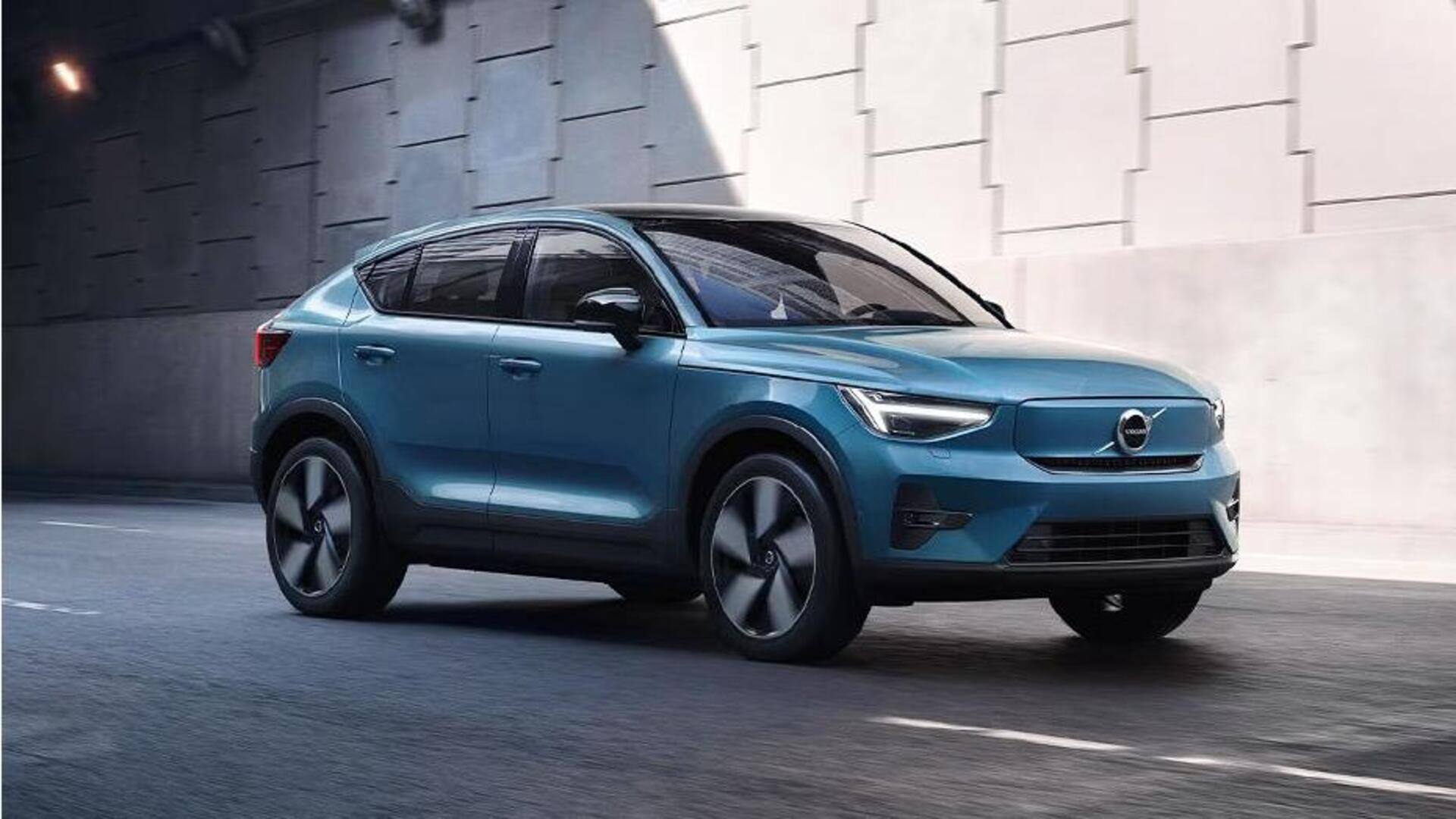
Volvo C40 Recharge up in flames: Here's what we know
What's the story
A recent incident involving a Volvo C40 Recharge electric car, has raised concerns, as the vehicle caught fire while driving on a highway in Chhattisgarh. Thankfully, no one was injured as the passengers managed to unlock the door and escape the burning four-wheeler. The cause of the fire remains unknown, and an investigation is ongoing. An official statement from Volvo is expected soon.
Internals
Specifications and performance
Introduced in India in August 2023, the C40 Recharge is built on the same foundation and powertrain as the XC40 Recharge. It utilizes the Compact Modular Architecture (CMA) platform and boasts a dual-motor setup with a 78kWh battery pack. The car has an impressive range of 530km on a single charge (WLTP cycle), all-wheel-drive, 408hp combined power output, and 660Nm peak torque. It hits 0-100km/h in 4.7 seconds and charges from 0-100% in 27 minutes using a 150kW DC charger.
Reasons
Why do electric cars catch fire?
Electric vehicles can catch fire, but the causes differ from traditional internal combustion engine vehicles. One significant factor is thermal runaway in Lithium-ion batteries used in EVs. These batteries have high energy density and efficiency but can overheat and combust due to manufacturing defects, issues with the charging system, and damage during accidents. Furthermore, compromised battery protective casing during accidents can lead to short circuits and thermal runaway.
Process
How do battery management systems (BMS) work?
To prevent fires, battery management systems (BMS) are implemented in cars. They monitor and control the charging and discharging processes, ensuring safety and prolonging battery life. However, BMS is not foolproof, and faulty systems or external factors can still result in fires in electric vehicles. This highlights the need for ongoing advancements in battery technology and safety systems to minimize such risks.